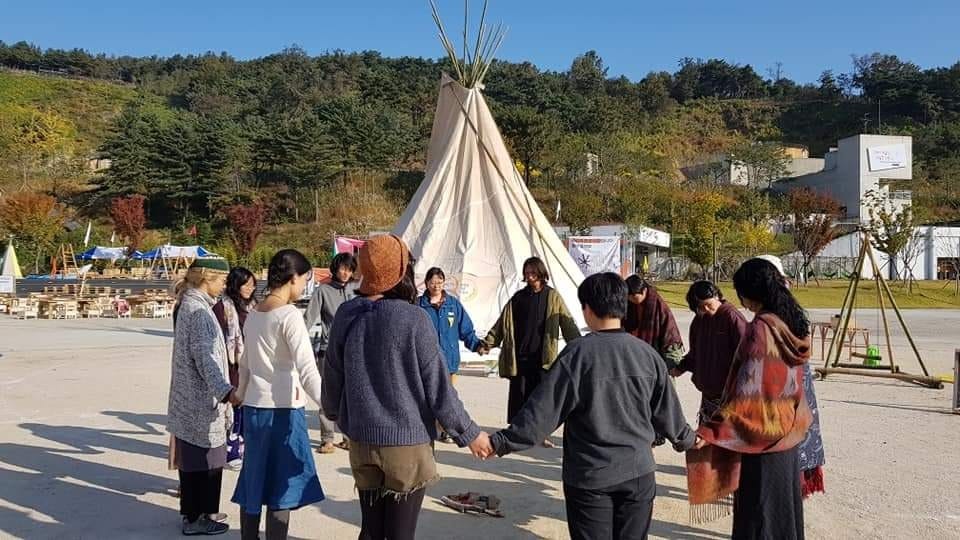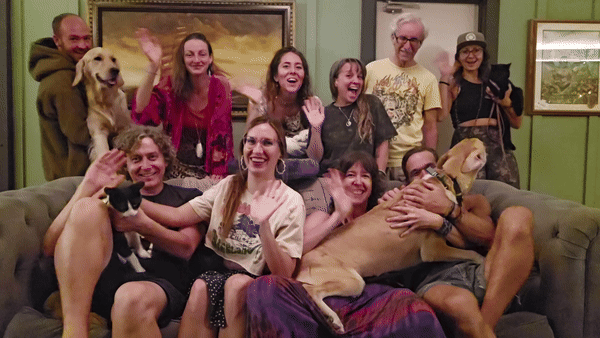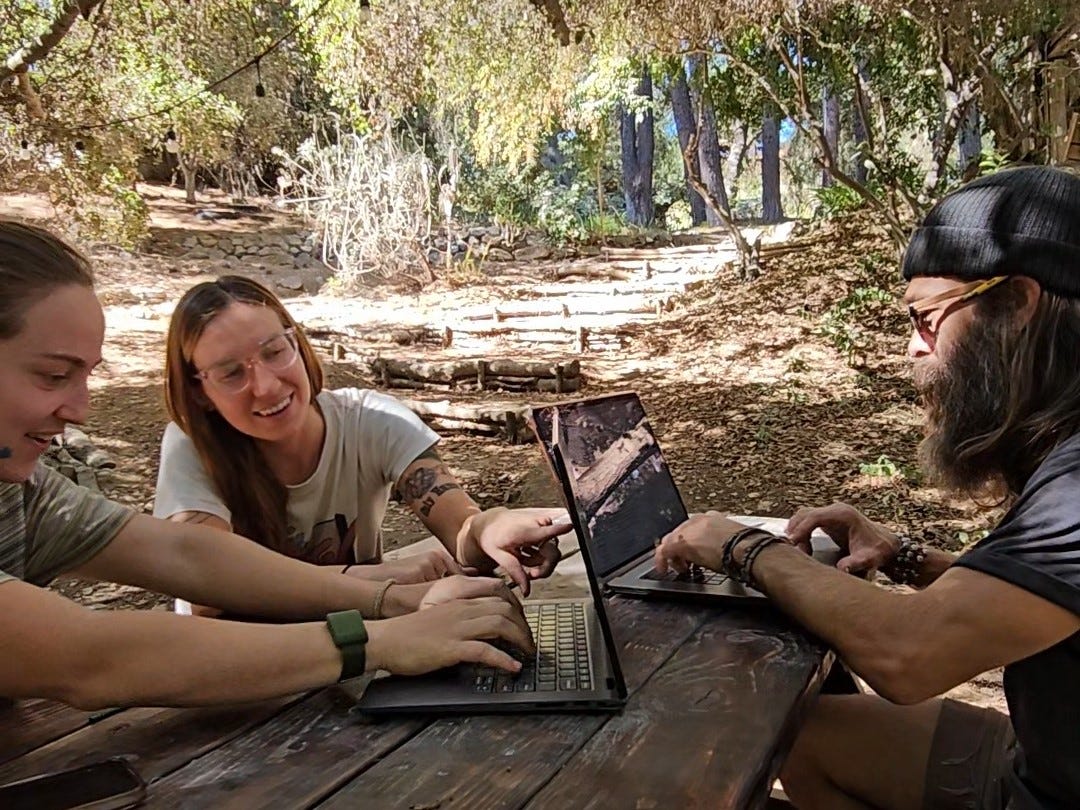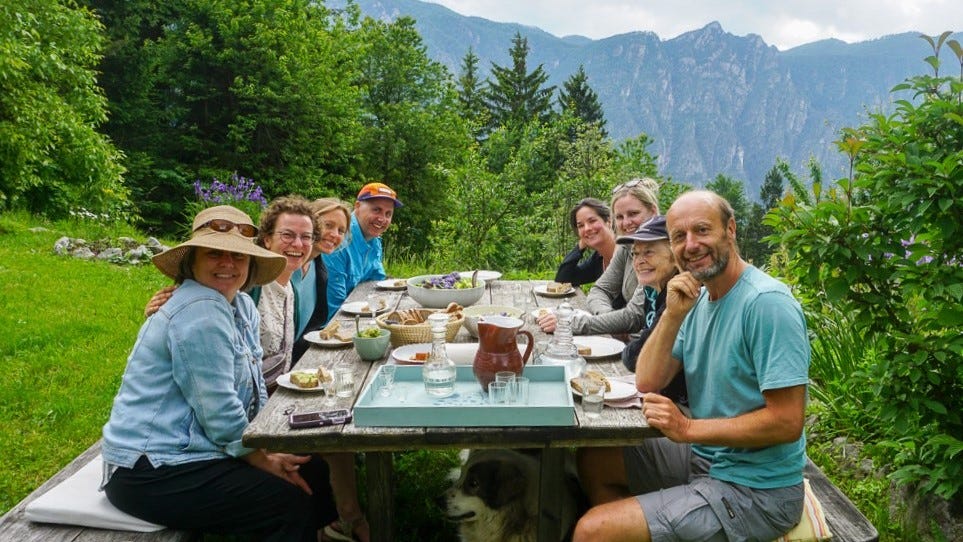Seems like everywhere I go, I meet people who say they want to buy land and build a net-positive place to live. The desire for ecovillages, intentional communities, and conscious coliving is possibly higher than ever.
So why is finding the right members so hard?
There are a few common hurdles to finding the right people and getting them to hop on board your dream ship.
You can check out my other articles 5 Ways to Recruit More Community Members or How to Develop Your Community Onboarding Process for more insights on this topic.
Even if you’re just in the investment stage, having a pipeline for interested potential community members is vital to show proof of concept.
So let’s figure out the main blockers.
How to Have Zero Community Members
1. Your Website Sucks
Your website is the bedrock of your communications. Everything filters back to your website, and you should treat it like your primary social media platform to tend to.
I’ve seen way too many community websites that don’t even list where the communities are. For all I know they could be in Kyrgyzstan. Make sure that your website is robust with details about your community, its location, and features.

2. You’re Not Using Social Media
Yes, social media is a beast. It’s also a platform that allows you to reach people all over the world who share resonance with you.
My captain-obvious advice to community builders is to pick the platforms where you will find your most resonant audiences. Artists, yogis and healers? Probably Instagram. Entrepreneurs and creative professionals? Linkedin. Crypto tecchies and web3 tinkerers? Discord and reddit.
At my community, we have a new member relocating all the way from Buffalo, New York to our coliving in San Diego because they saw our online presence and loved it.
Of course, social media is easier when you have a physical space to show off. But you can showcase all kinds of amazing plans for your community just by talking to a camera, showing sketches, and sharing your ideas.
3. You Haven’t Figured Out Your Target Audience
Statements like “builders of the new earth” aren’t actually specific enough.
You might find people who are an ideological fit, but not the best fit for your lifestyle, principles, and temperament. Is the new earth builder you’re looking for a 5D quantum healer or a tokenomics specialist building a distributed knowledge commons?
I recommend step 2 of Community Alchemy “Recruit Your Ideal Members” for all the information and questions you want to ask.
At Wild Seeds, we went through a generative process where we landed on “creative professionals, ecopreneurs, social impact artists, and spiritual activists” as our target community members. We’ve refined what that means to us and what we are seeking in terms of personality, skillsets, and lifestyle tendencies.
4. You Don’t Have a Capture Process
If you’re showing it to people and they say “call me when it’s ready to live there”, but you’re not tracking those people, what are you doing?
Hello! Waitlist them. Get them on an email list. Jot down their names and info about their demographics, which could help you with the previous step of knowing your audience and who you’re attracting. You can show this list to investors to gain larger amounts of investments because you’re proving demand.
Building a community requires building momentum and excitement for those who will live there, would like to visit, or are happy to cheer you on and promote what you’re doing.
5. You’re In Your Own Bubble
This is a more nuanced one.
What I have noticed is that building the physical community can be such an absorbing process, that you end up isolated because you are focused on your own projects.
You’re so busy building it and running it that attracting new people is just too much to think about. It’s a bit of a paradox, because if you recruited more people, it would be easier to build and manage.
By the way, I offer marketing for communities. I’ve been the marketing director for two different ecovillages now, a regenerative neighborhood startup, and the marketing and communications director for the Global Ecovillage Network. Send me an email if you want help promoting your community.
6. You Don’t Offer Guest or Temporary Stays
All communities need to have a guest room. Whether it’s for a friend to come visit and stay the night, or an apprentice to come for a work trade program, or a high-end hospitality space to host paying guests.
This could be anything from a campsite to a full-on hotel.
The main factor is that you need a way to let people try out your community. This is especially true when you don’t even have the community built. I recommend building a hospitality space first thing. Throw up some domes or glamping, or furnish some mini apartment spaces to 1) start generating income 2) get movement on your property and 3) let people taste what life could be like.
7. You Haven’t Developed A Clear Offering
Whether it’s a work trade, a shared equity offer, or just the “how to join” process, if it’s not clear, it will cause question marks in people’s heads.
Practical people will be reserved when they see that the offer is ambiguous. They want to know the how much, when, how, and what ifs.
For example, at Wild Seeds we ask for a 12 hour monthly time commitment, but we’re still working on the tracking/transparency component. This causes some hesitant curiosity in potential new members, because they’re unsure what will be expected of them, how they can prove they are contributing, and what the consequences are when they don’t fulfill the role.
Right now we operate on honor system, but we are working towards a better system by comparing notes with other coliving spaces and how they run their work trade.
8. You Aren’t Showcasing Current Residents
And finally, don’t forget that whoever lives there already or is signed up to live there can possibly be the most persuasive tool for who lives there next. It’s social proof. Naturally, you want to know who you’re going to live with.
When I redid my community’s website last month, I included a gallery of residents with names (first names only to protect privacy), bios, links to their projects/businesses, and a nice photo. I also showcased our local pets to indicate to potential residents that we are pet friendly. You can see the full example of the resident gallery here

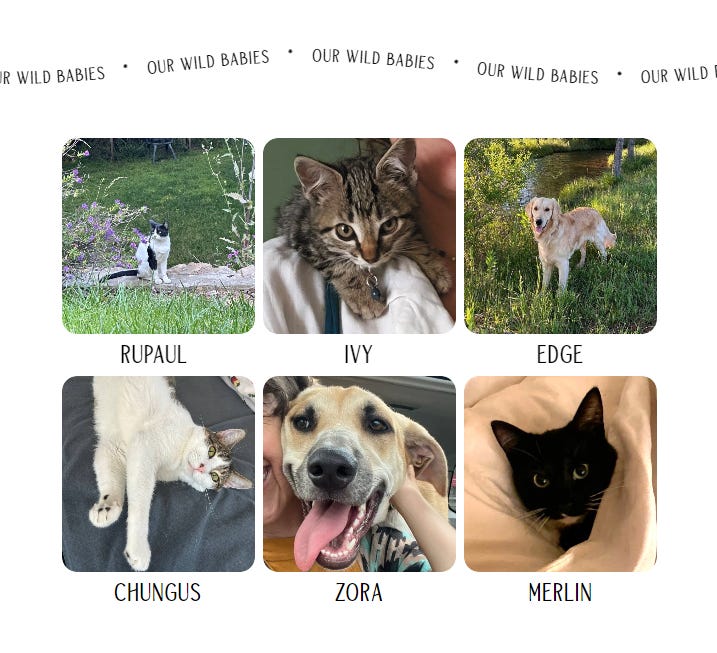
Few communities do this. When I was working for La Ecovilla, we started spotlighting new residents as they came onboard to show that yes, we had diverse ages and backgrounds signing up. Of course, it’s up to you to decide how to do this while respecting the privacy of your members.
So when it comes to not sucking at getting people excited about your community, these are some things that could be holding you back.
Share this article with someone who is building a community and needs to hear this.
Ecovillage Learning Opportunities
One of my affiliated partners, Community Finders, run by Cynthia Tina, offers services for people seeking ecovillages or building ecovillages. I highly recommend you join her courses or tours to uplevel your ecovillage journey.
Use the code TERRENITY for $100 off your ecovillage tour.





